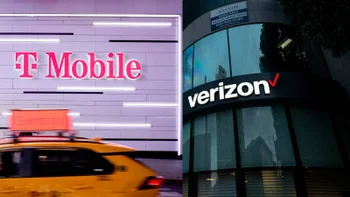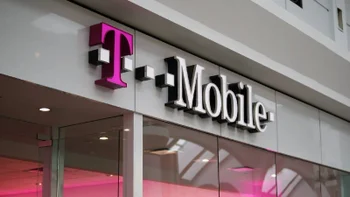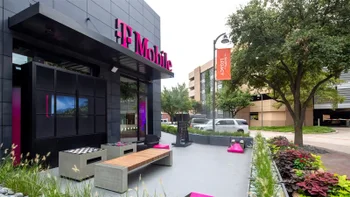Did you know: the mobile mile is where 70-90 percent of all app latency and lag occurs

Of all issues that plague most modern smartphones, lag ranks high among the most dreadful. It's present even on steroid-powered handsets like the Samsung Galaxy S6, prompting many a disgruntled user and tech journalist to voice their discontent in comments and blog posts. While interface lag is something that can be blamed on poor effort on the manufacturer side, slow app response times are a different beast that may have a lot less to do with hardware than you think. Most of the times, the actual culprit is what app developers refer to as the "mobile last mile". We'll explain.
As applications grow, they get bigger in all sorts of ways. They get more features, look more polished, and attract a bigger audience. But at the same time, their physical footprint and complexity grows, too. Not that long ago, the average iOS application was 23MB. Nowadays, they stretch to 50MB and beyond, and that's not a case of lazy development. To get a chance at competing in the dense, challenging app space, developers must use everything at their disposal, including third-party libraries and APIs for pulling data, content, ad networks, analytics, and all sorts of necesarry additions. The typical app integrates at least five such, and there are ones that use over 40! The app makes calls to them every time it has to execute a particular action, which slows down performance. Each time a call occurs, the additional time it takes to retrieve all this data impacts the app’s performance, resulting in delayed response and stutter.
At the same time, it's not just the nature of the trade which demands developers pack increasingly more content into their apps. Reducing the amount of calls means stripping down necessary functionality, while the users that complain of lag also demand all the latest features and will happily switch over to a competing app if it offers significantly more than the one they are currently using. And even if developers optimize to the best of their abilities, the data networks aren’t always as quick to respond to all the activity generated by a given app. Simply put, there can be too much delay in serving a distinct web page via a hyperlink from another web page, or app. And with the way it usually goes, the more bandwidth a network operator provides, the richer the media becomes, which makes speed improvements a non-viable solution to the problem.
source: CIO, Network World
network speed improvements are a non-viable solution to the problem.
Some apps feature multiple API calls for something as seemingly simple as loading a single screen, or configure APIs in a “cascading” manner, in which one function in an app can’t happen until another one has ended. This is a recipe for reduced performance and user frustration. And from an app developer's perspective, it can get pretty bad. If an app won't open swiftly and render the desired content in less than five seconds, it's well on its way towards being deleted, but not before it's "awarded" a scathing app store review. Surveys like the one carried out by Dimensional Research have shown that a mobile app needs to initially load onto user devices in 4 seconds or less, and provide consistent response times between 1 and 3 seconds to satisfy the vast majority of users.This, in short, is the “mobile last mile”, where up to 90% of all app latency and lag occurs. Getting past it is a challenge for developers worldwide, and the proposed ways to tackle the problem are complex enough to be left aside for a separate article. So, next time an app gives you the laggies, don't go on throwing your expensive smartphone at the wall, or immediately reaching for the uninstall button. For the time being, you might just have to live with the lag as an inevitable part of dealing with mobile apps.
source: CIO, Network World
Follow us on Google News














Things that are NOT allowed:
To help keep our community safe and free from spam, we apply temporary limits to newly created accounts: